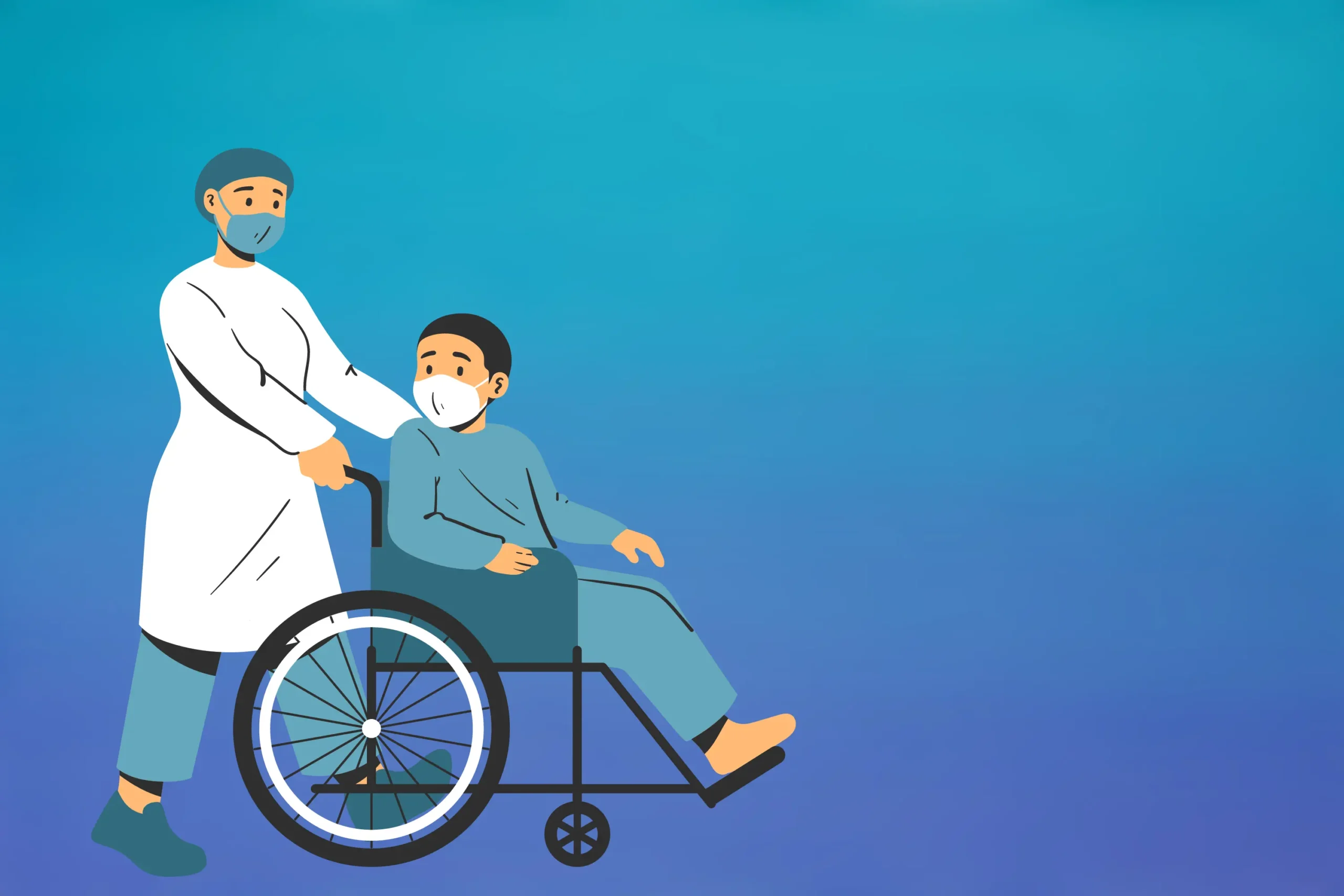At a glance:
- Learn the difference between “own occupation” and “any occupation” TPD insurance and how each affects your ability to return to work.
- Understand the potential impact on your TPD benefits if you consider returning to work, including policy-specific conditions and income restrictions.
- Seek advice from legal and financial professionals to navigate the complexities and implications of returning to work post-TPD claim.
Navigating the complexity of Total and Permanent Disability (TPD) insurance can be challenging. Specifically, one must recognise the implications of returning to work after filing a claim.
TPD insurance provides financial support to those who are unable to work due to a disability, but what happens if your condition improves? If you are considering re-entering the workforce?
This article will explore the intricacies of returning to work after a TPD claim, addressing common questions and providing clarity on this important topic.
Understanding TPD Insurance
TPD insurance is intended to provide a financial safety net to people who are no longer able to work in their occupation or any other job for which they are adequately qualified based on education, training, or experience. A TPD claim might provide a lump sum payout to help cover medical bills, rehabilitation costs, and day-to-day living costs.
Can You Return to Work After a TPD Payout?
Many individuals ask whether they can return to work after receiving a TPD payout.
The answer is not straightforward and largely depends on the specifics of the insurance policy and the circumstances of the claim.
Policy Conditions and Definitions
Different TPD policies have varying conditions and definitions. Some policies allow for a return to work under certain conditions, while others stipulate that returning to work could affect your payout. It is crucial to read the fine print of your policy or consult with your insurance provider to understand the specific terms and conditions.
Types of Work and Income Restrictions
In some cases, a TPD payout may include conditions that restrict the type of work you can engage in after making a claim. For instance, some policies may allow for part-time or lower-income work without impacting the benefits received. However, if you resume full-time work or earn above a certain threshold, you may be required to repay the TPD benefits.
Know the Terms of Your TPD Insurance Policy – “Own Occupation” vs “Any Occupation”
Understanding the terms of your TPD insurance coverage is critical, particularly the meanings of “own occupation” and “any occupation.”
These words have a substantial impact on the circumstances for making a claim and how returning to work may affect your benefits.
“Own Occupation” TPD Insurance
“Own occupation” TPD insurance provides coverage if you are unable to perform the specific duties of the job you were engaged in at the time of your disability. This type of policy is more lenient when it comes to defining disability. It focuses on your inability to continue in your chosen profession, regardless of whether you might be able to work in a different capacity.
Advantages:
Specialised Coverage: This policy is particularly beneficial for individuals in specialised fields or occupations that require specific skills and training.
Flexible Return to Work Options: Since the policy only pertains to your inability to perform your current job, you might have more flexibility in pursuing different types of employment without affecting your benefits.
Example: Imagine you are a surgeon who develops a hand tremor, making it impossible to perform surgeries. Under an “own occupation” TPD policy, you could claim benefits because you can no longer work as a surgeon. However, you can still take up a teaching position in a medical school or work in a consultancy role without impacting your TPD benefits.
“Any Occupation” TPD Insurance
“Any occupation” TPD insurance, on the other hand, is more restrictive. To qualify for a claim, you must be unable to perform any job for which your education, training, or experience reasonably suits you. This means that if you can engage in any form of gainful employment, you may not be eligible for a payout.
Advantages:
Comprehensive Protection: This policy is generally more affordable and provides extensive coverage across various potential occupations.
Higher Threshold for Claims: The strict criteria mean that fewer claims are made, which can result in lower premiums for policyholders.
Example: If you were a project manager who developed a chronic illness preventing you from managing projects, you might not qualify for a TPD payout under an “any occupation” policy if you could still work in a less demanding administrative role. The insurer will assess your ability to perform any job that matches your skills and qualifications.
INCOME PROTECTION VS TPD INSURANCE: A DETAILED COMPARISON
Impact on Returning to Work
Own Occupation Policy:
If you have an “own occupation” policy, you may have more opportunities to return to work in a different field or capacity without jeopardising your benefits. For example, transitioning to a less physically demanding role or a different industry altogether could be feasible.
Any Occupation Policy:
With an “any occupation” policy, your ability to return to work is more restricted. The insurer will evaluate whether you can perform any job for which you are qualified. Returning to work in any capacity may potentially affect your eligibility for ongoing benefits.
Reviewing Your Policy
It is vital to thoroughly review your TPD insurance policy to understand these definitions and their implications. If you need clarification on the terms or how they apply to your situation, consulting with an insurance advisor or legal professional can provide clarity and help you navigate your options effectively.
Legal and Financial Implications
Returning to work after a TPD claim can have significant legal and financial implications. It is advisable to seek professional advice to navigate these complexities. Legal experts and financial advisors can provide insights into how returning to work may affect your benefits and help you make informed decisions.
Real-Life Scenarios
To better understand how returning to work after a TPD claim works, let’s look at some real-life scenarios:
John’s Story: John suffered a severe back injury that prevented him from continuing his work as a construction worker. He successfully made a TPD claim and received a payout. After several years of rehabilitation, John found that he could manage a desk job. His policy allowed him to take up a less physically demanding job without affecting his benefits, provided his income did not exceed a specified limit.
Maria’s Experience: Maria was diagnosed with a chronic illness that led to her making a TPD claim. After receiving her payout, she focused on managing her health. Eventually, Maria’s condition improved, and she considered returning to work. However, her policy stated that any return to full-time employment would require her to return the payout. After consulting with a legal advisor, Maria opted for part-time freelance work that complied with her policy’s terms.
David’s Dilemma: David, a teacher, made a TPD claim after a debilitating car accident. His policy was more restrictive, disallowing any form of employment post-payout. David faced the tough decision of either adhering to the policy or repaying the benefits to return to work. With the help of a financial planner, David explored alternative income sources that did not conflict with his TPD conditions.
What Steps Should You Take?
If you are considering returning to work after making a TPD claim, here are some essential steps to take:
Review Your Policy:
Carefully read through your TPD policy to understand any restrictions or conditions related to returning to work. Pay close attention to the definitions of disability and the types of work allowed.
Consult with Professionals:
Seek advice from legal and financial professionals who specialise in insurance claims. They can help you interpret your policy and understand the potential implications of returning to work.
Communicate with Your Insurer:
Contact your insurance provider to discuss your intentions and get clarity on how returning to work might affect your benefits. It is better to have a clear understanding before making any decisions.
Consider Alternative Employment:
If your policy restricts full-time or high-income work, explore alternative employment options that align with your physical capabilities and comply with your policy’s terms.
Stay Informed:
Laws and regulations regarding TPD claims can change. Stay informed about any legislative changes that might impact your ability to return to work after a TPD claim.
Returning to work after making a TPD claim is a complex decision that requires careful consideration of your policy’s terms, legal implications, and financial impact. While it is possible to return to work in many cases, it is essential to approach this decision with a thorough understanding of your specific situation and professional guidance. By taking the right steps, you can navigate this process effectively and make informed decisions about your future.
Remember, each TPD policy is unique, and what applies to one person may not apply to another.
Always consult with experts and your insurance provider to ensure you make the best choice for your circumstances.







